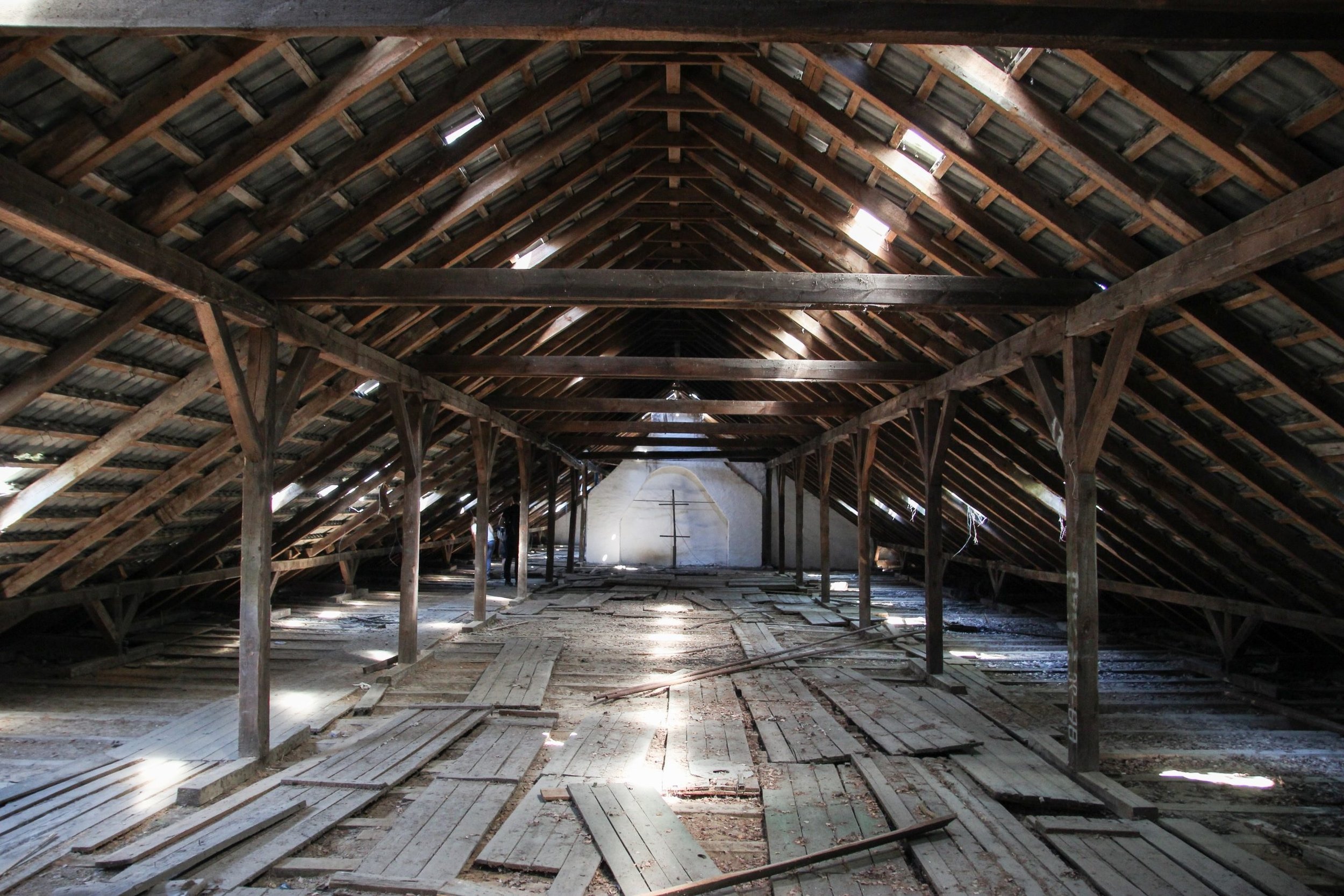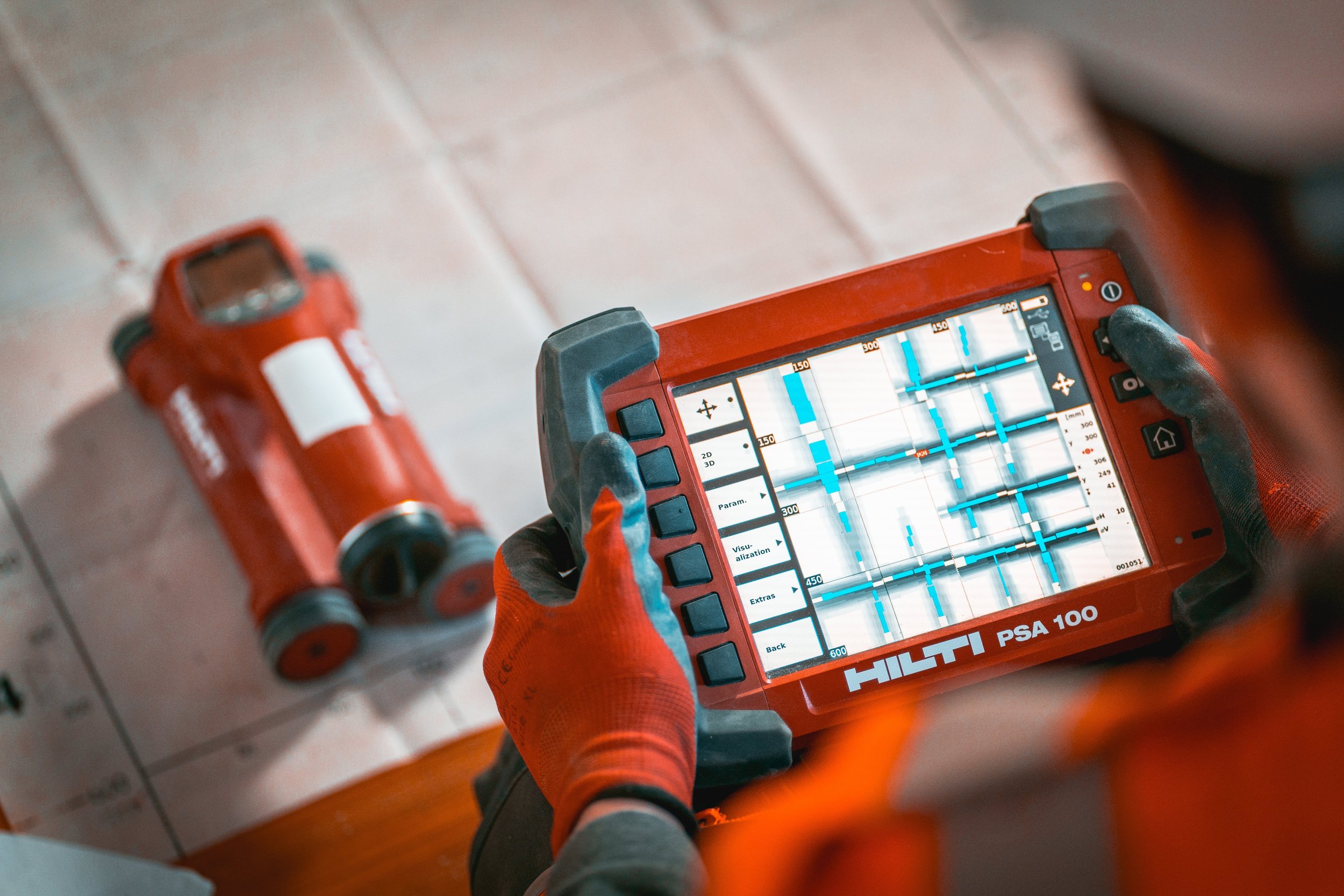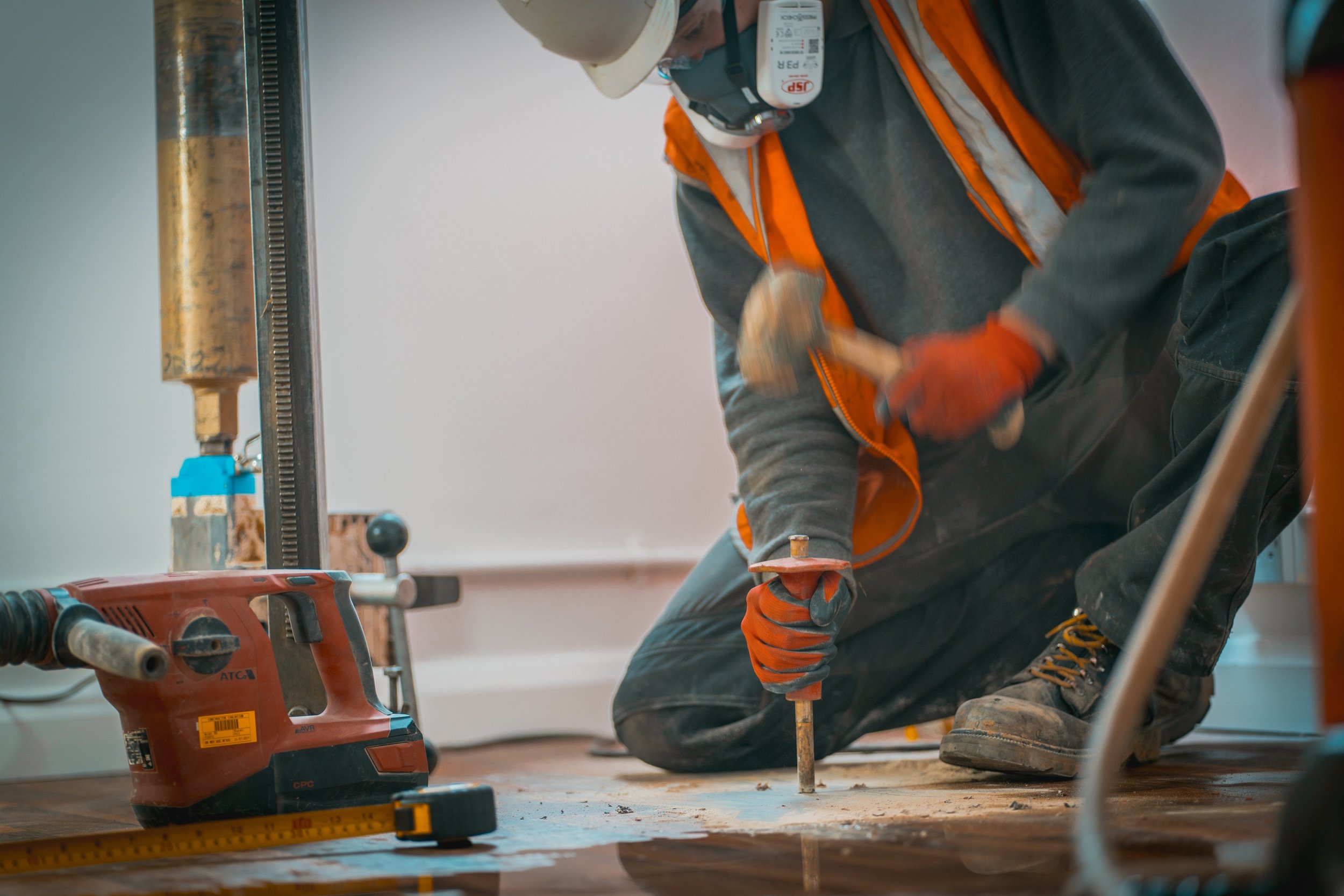
Timber Defect Analysis
Timber Defect Analysis
Defect analysis of timber is crucial in the construction industry, given timber's prevalent use as a structural and aesthetic material. Understanding defects in timber is essential for ensuring safety, durability, and compliance with building regulations. This analysis helps identify potential structural weaknesses, prevent costly repairs, and extend the lifespan of timber products.
Methodology of Defect Analysis
Visual Inspection: Begin with a comprehensive visual inspection of timber components. Look for visible signs of defects such as cracks, splits, warping, and signs of pest infestation. Use a checklist to ensure no aspect is overlooked.
Non-destructive Testing (NDT): Employ non-destructive testing techniques to assess the integrity of timber without causing damage. Methods such as ultrasonic testing, moisture measurement, and thermal imaging can provide valuable insights into the internal condition of timber.
Mechanical Testing: For timber elements where structural performance is critical, mechanical testing can be conducted to measure strength and elasticity. This may involve static bending tests or shear tests to understand the material's load-bearing capacity.
Laboratory Analysis: In some cases, samples may be sent for laboratory testing. This can involve chemical analysis to evaluate wood preservation treatments or biological assessments to check for fungal decay.
Recommendation for Remediation: Based on the analysis, provide clear recommendations for addressing defects. This may include repair techniques, replacement options, or preventive treatments to enhance the timber's durability.
Importance of Defect Analysis
Safety Assurance: Identifying defects early can prevent structural failures that pose risks to building occupants. Ensuring timber is free from significant defects is critical for maintaining the safety standards in construction.
Durability and Longevity: Regular defect analysis contributes to the longevity of timber structures. It helps in pinpointing issues such as decay, insect infestation, and moisture problems, all of which can significantly reduce the lifespan of timber if left unchecked.
Cost Efficiency: Early detection of defects can save money in the long run by preventing extensive damage and expensive repairs. Timely maintenance and remediation efforts can protect investments and ensure that resources are effectively utilised.
Compliance with Regulations: The construction industry is governed by a variety of regulations and standards. Conducting thorough defect analysis ensures that timber materials meet the necessary quality and performance standards, aiding compliance with building regulations.
Contact Us
Conducting a thorough defect analysis of timber is essential in the construction sector to protect safety, ensure compliance, and optimise durability. By employing a robust methodology that includes visual inspections, non-destructive testing, and thorough documentation, professionals can effectively manage timber quality and prevent costly structural failures. Regular assessments of timber not only safeguard projects but also contribute to the broader goal of sustainable building practices. Contact us to find out more about the timber surveying services we can offer you
Our Services
Please Click on the tiles below to find out more about the services we offer
Contact Us
If you have any queries about any of our services please contact us, a member of our team will be happy to advise.






